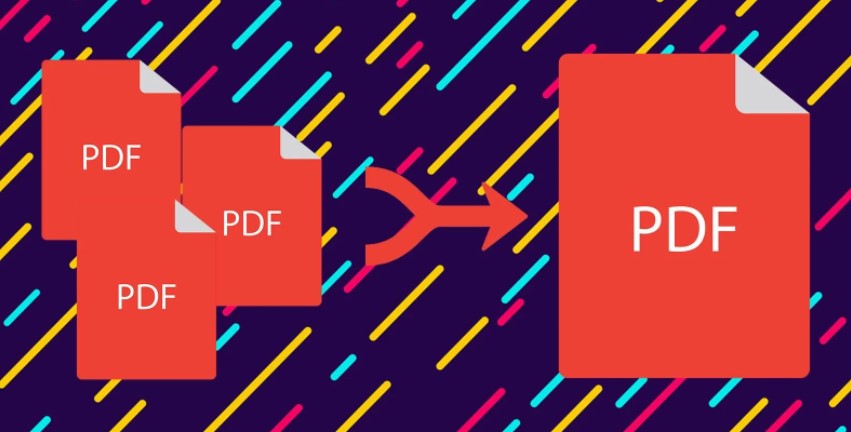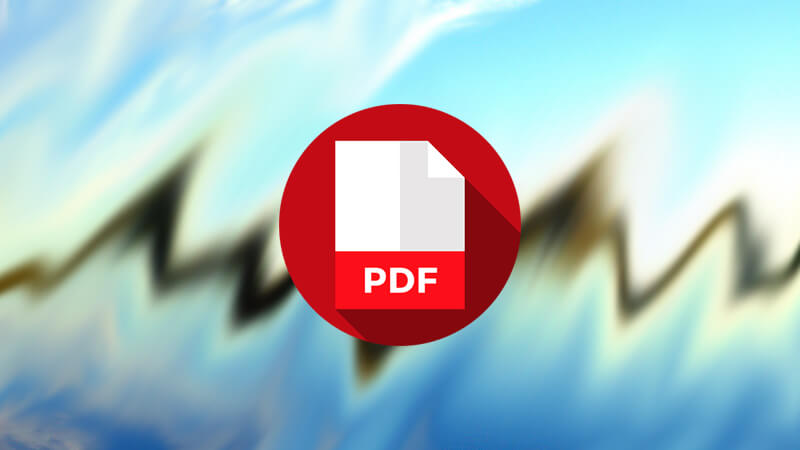Offices around the world are switching to the eco-friendly choice of paperless operation. The most universally used file type for this style of operation is the PDF one. The PDF files help us reduce the size of documents while allowing us to maintain a high quality of media that’s implemented into the PDF. However, there are multiple issues we come across when using PDFs, most of which can be resolved with some fruitful tips.
1. Learning how to edit text on the fly

The PDF files have one common head-scratcher, editing out mistakes. The file type is uneditable and as such files that have been converted into PDF cannot be worked on directly or be altered without the assistance of another program. This can often lead to troublesome situations where we are forced to print out the paper and edit it by hand before scanning it as a new, corrected file. Suffice to say, this method takes up a lot of time. It also makes the whole document less aesthetically consistent as the handwritten corrections clash with the document’s font. The best way of editing files digitally and maintaining their consistency is Microsoft Word. However, we still need to upload the files to an environment that uses word. We recommend you use Google Docs to upload the file and edit it before returning it to PDF. Check spacing and typing, sometimes these switches of software can mess it up slightly.
2. Removing pages
Making our documents more concise is the primary reason we use PDFs. Being able to further simplify the information we send is useful. Sometimes the receiver of the document may need just a few pieces of the PDF so sending them the whole document will waste both your and their time. In this case, deleting unnecessary pages is the way to go. You can remove PDF pages online too, making the process even more expedient because you can open a new tab to modify the document and then mail it from the e-mail tab. If you are modifying a file you have no other copies of, make sure to avoid overwriting the original file. Making an extra copy on your computer is the best safety measure, just in case you accidentally save over the file.
3. Merging files saves time

There are numerous cases where we require multiple complex files to be compiled into one. Whether it’s putting together image and text files or adding graphs to our document, merging files will have us covered. However, this will require separate software once again. The best way to keep your work swift is to download a PDF editor that has both conversion and merging capabilities. It’ll cut down the amount of software switching and speed up the process.
4. Signing PDFs digitally
This is a smaller but no less important part of quickly filing PDFs. The signature requires printing and signing the document before scanning it which, as we’ve mentioned before, takes up a lot of time. The way we can reduce it is through digital signing software. This will reduce the whole process down and cut down the hassle you face when there are multiple documents to be signed.







